Now that Questions 9 & 10 of the 2019 Michigan Tree Survey had done half of the heavy lifting to get me started on this project (thank you, dear Julia, “City Appraiser 1,” for doing the other half!) . . . why not mail the survey to the Arbor Day Foundation? Even almost a month late, I suspect they’ll accept my donation.

I reviewed my December answers. For Q. 9, I had initially filled in the bubble that indicated I knew “almost all” of the trees near my home. On a neighborhood walk, however, I realized that there were more than a few trees I didn’t know, so “some” it is. For now.
Needy National Forests?
I knew I couldn’t handle planting 10 flowering trees and 2 lilac bushes, so I figured I’d have the Foundation plant 10 more trees in a national forest “in greatest need” of trees.
But, I wondered: What forests are in the greatest need? Forests hit by wildfires in the West? Are Michigan’s three national forests–Huron-Manistee, Hiawatha, and Ottawa–in need?
I decided to choose national forests in greatest need, even though I hadn’t a clue which those are or where they are located. It appeared to be my only alternative to ending up with a bunch of trees I might inadvertently kill by not getting them all in the ground in a timely fashion.
A Third Option
But then . . . while catching up with my personal e-mail account yesterday, I discovered that I had received an e-mail from Arbor Day Foundation the same day I posted “Resolved: Plant a Tree on Arbor Day 2019. ” The subject of the e-mail is: “Provide trees for disaster recovery.” That piqued my interest. I went looking and found this tree-planting story: The Journey to Recovery in the Wake of Hurricane Michael.
Tree Recovery Highlights:
- “Florida suffered $1.3 billion in timber loss, affecting 2.8 million acres and more than 200 communities” during Hurricane Michael in October 2017.
- The Arbor Day Foundation and the Florida Forest Service partnered for Florida’s Arbor Day on January 18, 2018, to give away free trees to Panhandle residents.
- “In Marianna, 700 trees were distributed to residents in 20 minutes. In Panama City, 800 trees were given away in about an hour. On Saturday, 500 trees were distributed in 30 minutes” in Panama City Beach.
- In all, “2,000 trees were distributed to residents and 15 large trees were planted at our host sites.”
With the influx of natural disasters happening around the world, it’s easy for affected communities to become forgotten each time the next disaster pummels in, overtaking the news and our attention. But the Arbor Day Foundation’s Community Tree Recovery program aims to combat this habit of forgetting, activating long-term tree recovery efforts in these affected communities once the dust settles.
–Arbor day foundation
Tree Loss
I have thought about tree loss when it comes to wildfires. But, I hadn’t thought about the tree loss a hurricane or other natural disaster might bring to a homeowner, a street, a neighborhood, a community.
I did think about it yesterday, as the wind gusted, rattling the branches of the trees with which I share my yard. Losing any one of them would be very sad. (Okay, maybe not the Honey Locust alongside my cracked driveway, but that’s a story for next week.)
Houses can be rebuilt, belongings can be replaced. The loss of a mature tree in one’s yard or neighborhood is more analogous to the loss of a wedding photo album, the baby pictures, great-grandma’s brooch, a distant member of the family. Irreplaceable in our lifetime.
The Perfect Solution

And finally . . .
Done!




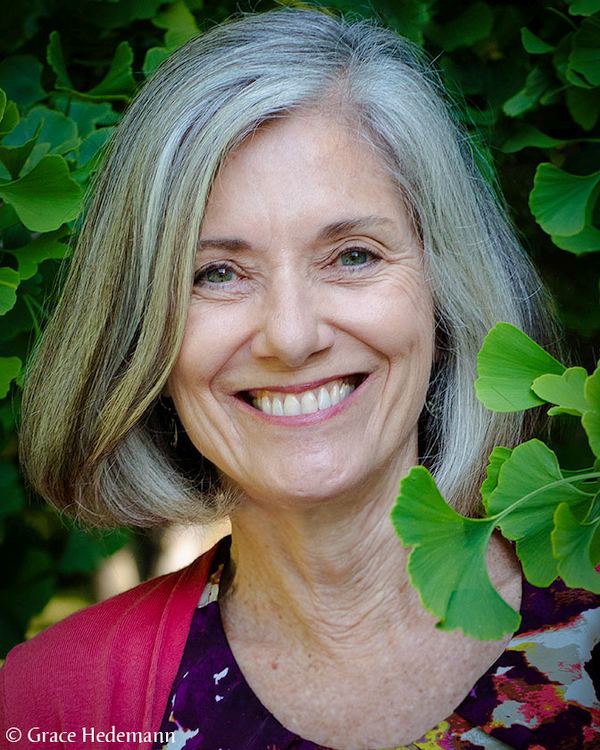
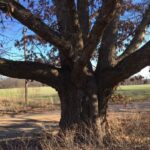
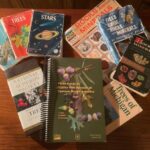
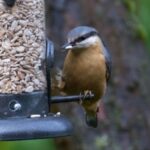
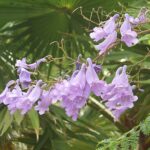
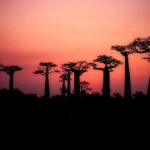
We have two honey locusts in front that the city planted. Wish they had planted anything else!
The blog is great!
Thanks, Lee! I have two honey locusts in my front yard; it’s the one alongside the driveway, up between our house and our neighbors’, that has gone from just being a problem of tracking in leaves–as both of our doors open off the driveway–to worrisome in the last year.